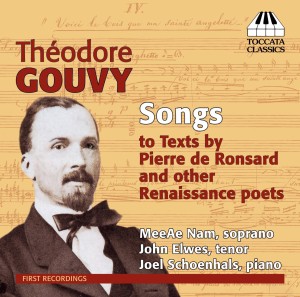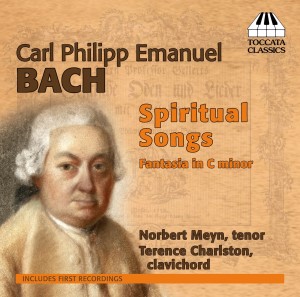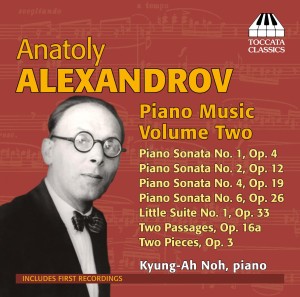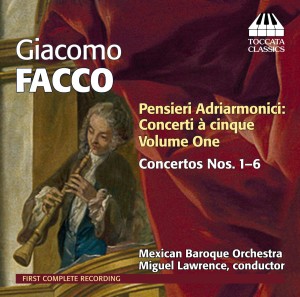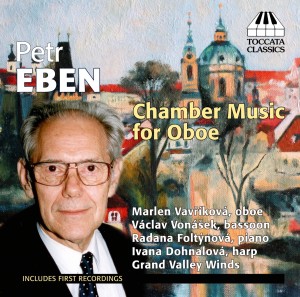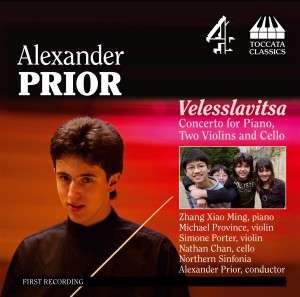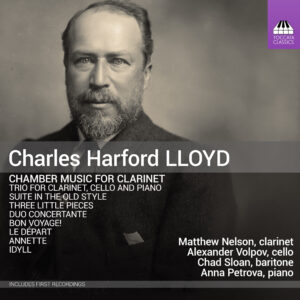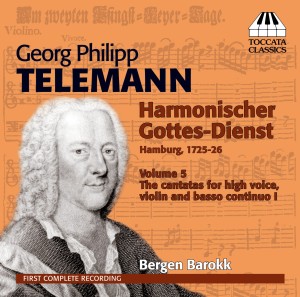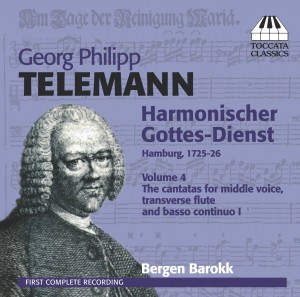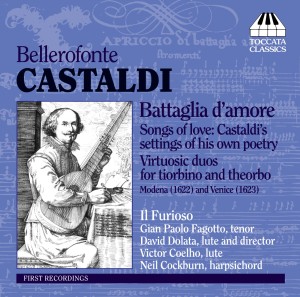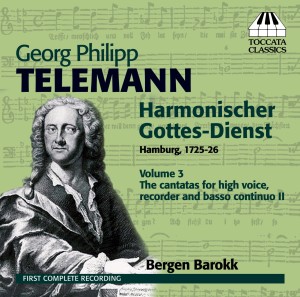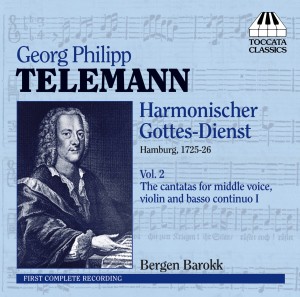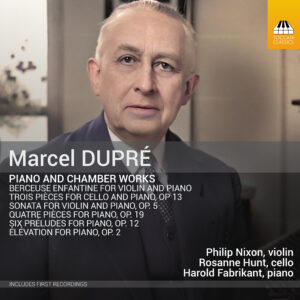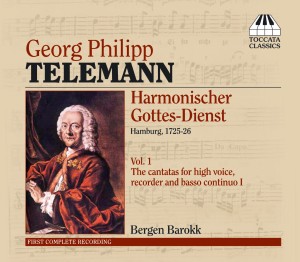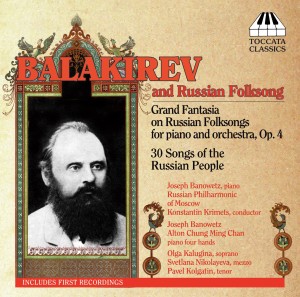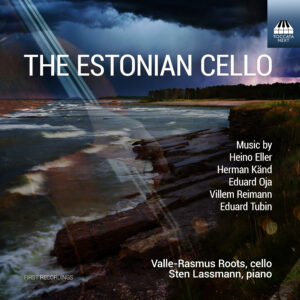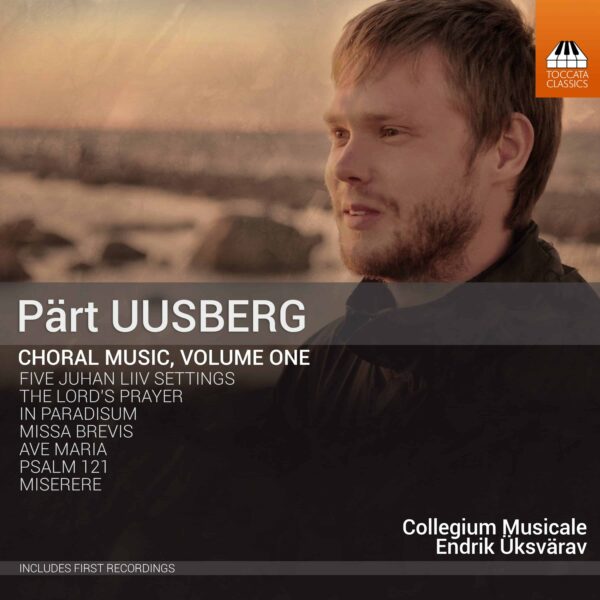Search Results for "1997 Bilbao International Vocal Competition winner Chinese tenor" – Page 5
Showing results for 1997 bulb international vocal competition winner chinese tenor 1997 tenor 1997 1997 1997
Théodore Gouvy: Songs to Texts by Renaissance Poets
The instrumental and orchestral music of the Franco-German Romantic Théodore Gouvy (1819-98) is slowly being rediscovered. Gouvy also wrote a generous number of melodious songs, showing a predilection for the sixteenth-century love-poems of Pierre de Ronsard. Only eleven of the 26 songs on this CD have been recorded before, and none in the key the composer intended, as they are here for the first time; the others are first-ever recordings.
MeeAe Nam, soprano
John Elwes, tenor
Joel Schoenhals, piano
C. P. E. Bach: Spiritual Songs
C. P. E. Bach's two collections of religious songs, published in 1758 and 1780-81, were among the most popular eighteenth-century Lieder publications. Here a selection of them is recorded for the first time with complete texts and accompanied with the clavichord, the composer's favourite instrument, underlining their intimate nature, intended more for private devotional use than for public performance. The recording includes the 'Hamlet Fantasy' that resulted when the poet Heinrich Wilhelm von Gerstenberg imposed his paraphrase of Hamlet's soliloquy on one of C. P. E. Bach's keyboard pieces.
Norbert Meyn, tenor
Terence Charlston, clavichord
Anatoly Alexandrov: Piano Music, Volume Two
Anatoly Alexandrov (1888-1982) is one of the forgotten figures of the Russian school of pianism that embraced Taneyev, Rachmaninov, Skryabin, Shostakovich, Gilels and so many other composers and pianists. Alexandrov composed fourteen sonatas and much else for piano in an attractive late-Romantic style that owes much to Nikolai Medtner, his teacher and friend. The reviewer for MusicWeb International called Vol. 1 of this series a 'superb debut-disc' and commented that Kyung-ah Noh 'plays with immense power when called for, but is equally able to command the subtlest “pianissimo”.
Kyung-Ah Noh, piano
Giacomo Facco: Pensieri Adriarmonici: Concerti à cinque, Volume One
Giacomo Facco (1676-1753), born near Venice, was active in southern Italy as violinist, choirmaster and teacher before his appointment to the Spanish royal court around 1720. Although highly esteemed in his own time, particularly as a composer of vocal music, Facco had disappeared from musical history until a set of his twelve Pensieri Adriarmonici — concertos for three violins, viola, cello and basso continuo — were discovered in a Mexican library in 1962. Bright and buoyant, they have much in common with the music of Vivaldi, Albinoni, Marcello and Facco's other Venetian contemporaries — but are here given a distinct twist with a basso continuo of vihuela and guitarrón, as they might have been performed in eighteenth-century Mexico.
Manuel Zogbi, violin
Mexican Baroque Orchestra, chamber orchestra
Miguel Lawrence, director
Petr Eben: Chamber Music for Oboe
The Czech composer Petr Eben was best known during his lifetime (1929-2007) as one of the world's finest concert organists. But the Velvet Revolution of 1989 led to the gradual discovery of his music by international audiences and he is now taking his place as one of the major figures in Czech music in the generation after Martinů. This first complete recording of his chamber music for oboe shows how he managed to bring Gregorian chant and Renaissance and Baroque procedures into a feisty and individual modern style.
Marlen Vavříková, oboe
Ivana Dohnalová, harp
Václav Vonášek, bassoon
Radana Foltýnová, piano
Grand Valley Winds, wind quintet
Christopher Kantner, flute
John Varineau, clarinet
John Clapp, bassoon
Richard Britsch, horn
Alexander Prior: Velesslavitsa, Concerto for Piano, Two Violins and Cello
In spring 2009 Channel 4 sent the sixteen-year-old British-Russian composer-conductor Alex Prior around the world: his task, to find 'The World's Greatest Musical Prodigies' for a TV series with that title and to compose a concerto for them, which Alex would conduct. The resulting work, Velesslavitsa (the title means 'Glory to Veles', the god of music in ancient Slav cultures), is steeped in the Russian Romantic tradition, with echoes especially of Mussorgsky and Rimsky-Korsakov. This live recording features the ten-year-old Chinese pianist Zhang Xiao Ming, the American violinists Simone Porter and Michael Province, twelve and thirteen, and the fifteen-year American cellist Nathan Chan.
Alexander Prior, conductor
Zhang Xiao Ming, piano
Michael Province, violin
Simone Porter, violin
Nathan Chan, cello
Northern Sinfonia, chamber orchestra
Charles Harford Lloyd: Chamber Music for Clarinet
Charles Harford Lloyd (1849–1919) – organist of Gloucester Cathedral and the Chapel Royal, Oxford theologian and concert-organiser, music master at Eton and much more – was one of the most distinguished musicians of Victorian England. The largest part of his output is vocal music, mostly for the church; he composed only a handful of chamber works, often involving the clarinet. He wrote in a light Romantic idiom, where the influence of Brahms is often audible, as with his close friend, Hubert Parry. Lloyd knew how to make the clarinet sing, with one lovely, long-limbed melody after another. This first-ever album of his chamber music rescues a long-forgotten figure from the shadows.
Matthew Nelson, clarinet
Alexander Volpov, cello
Chad Sloan, baritone
Anna Petrova, piano
Georg Philipp Telemann: Harmonischer Gottes-Dienst, Volume Five
This is the fifth CD in the first complete recording of the 72 cantatas from Georg Philipp Telemann's collection Harmonischer Gottes-Dienst, published in Hamburg in 1726 — the first complete set of cantatas for the liturgical year to be appear in print. The cantatas are designated for voice, an obbligato instrument (recorder, violin, transverse flute or oboe) and basso continuo, and generally take the form of two da capo arias with an intervening recitative. Although intended for worship, both public and private, Telemann's cantatas are a masterly blend of tunefulness with skilled counterpoint and vocal and instrumental virtuosity.
Bergen Barokk
Georg Philipp Telemann: Harmonischer Gottes-Dienst, Volume Four
This is the fourth CD in the first complete recording of the 72 cantatas from Georg Philipp Telemann's collection Harmonischer Gottes-Dienst, published in Hamburg in 1726 — the first complete set of cantatas for the liturgical year to appear in print. The cantatas are designated for voice, an obbligato instrument (recorder, violin, transverse flute or oboe) and basso continuo, and generally take the form of two da capo arias with an intervening recitative. Although intended for worship, both public and private, Telemann's cantatas are a masterly blend of tunefulness with skilled counterpoint and vocal and instrumental virtuosity.
Bergen Barokk
Bellerofonte Castaldi: Battaglia d’amore
The Modenese firebrand, lute virtuoso, composer, poet and artist Bellerofonte Castaldi (1580-1649) — the Bob Dylan and Leonard Cohen of his day — set his own poems to his own music in a lyrical style that captured the dynamism of the emerging Baroque. Castaldi's dance-songs and madrigals for one, two or more voices — drawn from his monody collection Primo mazzetto (Venice, 1623) and the manuscript Modena 239 (c. 1670) — framed his hopes, dreams and disappointments with fresh and unforgettable melodies. The duos for theorbo and tiorbino, a tiny theorbo that Castaldi himself invented, are contrapuntal showpieces from his Capricci a due stromenti (Modena, 1622), a highly unusual collection of theorbo solos and duos, songs and poetry that he himself engraved and decorated with his own freehand artwork.
Gian Paolo Fagotto, tenor
David Dolata, lute, director
Victor Coelho, lute
Neil Cockburn, harpsichord
Il-Furioso, ensemble
Georg Philipp Telemann: Harmonischer Gottes-Dienst, Volume Three
This is the third CD in the first complete recording of the 72 cantatas from Georg Philipp Telemann’s collection Harmonischer Gottes-Dienst, published in Hamburg in 1726 – the first complete set of cantatas for the liturgical year to be published. The cantatas are designated for voice, an obbligato instrument – recorder (as on this disc), violin, transverse flute or oboe – and basso continuo, and take the form of two da capo arias with an intervening recitative. Although intended for worship, both public and private, Telemann’s cantatas are a masterly blend of tunefulness with skilled counterpoint and vocal and instrumental virtuosity.
Bergen Barokk
Georg Philipp Telemann: Harmonischer Gottes-Dienst, Volume Two
This is the second CD in the first complete recording of the 72 cantatas from Georg Philipp Telemann’s collection Harmonischer Gottes-Dienst, published in Hamburg in 1726 – the first complete set of cantatas for the liturgical year to be published. The cantatas are designated for voice, an obbligato instrument (violin on this disc) and basso continuo, and take the form of two da capo arias with an intervening recitative. Although intended for worship, both public and private, Telemann’s cantatas are a masterly blend of tunefulness with skilled counterpoint and vocal and instrumental virtuosity.
Bergen Barokk
Marcel Dupré: Piano and Chamber Works
Marcel Dupré (1886–1971) was the most prominent French organist of his generation, playing hundreds of recitals on his international tours, and his compositions have entered the standard organ repertoire. But his piano and chamber works have not received the same attention. They are audibly French – there are points of contact with Chabrier, Fauré and Satie – but they go their own surprising way, occasionally taking on a ritual, even hypnotic, character that imparts an oriental, quasi-minimalist, flavour.
Philip Nixon, violin
Rosanne Hunt, cello
Harold Fabrikant, piano
Georg Philipp Telemann: Harmonischer Gottes-Dienst, Volume One
This is the first CD in the first complete recording of the 72 cantatas from Georg Philipp Telemann’s collection Harmonischer Gottes-Dienst, published in Hamburg in 1726 – the first complete set of cantatas for the liturgical year to be published. The cantatas are designated for voice, an obbligato instrument (recorder, violin, transverse flute or oboe) and basso continuo, and take the form of two da capo arias with an intervening recitative. Although intended for worship, both public and private, Telemann’s cantatas are a masterly blend of tunefulness with skilled counterpoint and vocal and instrumental virtuosity.
Bergen Barokk
Balakirev and Russian Folksong
Mily Balakirev (1837–1910) – the leader of the group of Russian composers known as 'the Mighty Handful’ – was influenced by folksong from the very start of his career. His expansive Grand Fantasia on Russian Folksongs for piano and orchestra is one of his very first compositions, written when he was seventeen. And the 30 Folksongs of the Russian People for piano duet, folksong-arrangements from the other end of his career, show his deep understanding of the sources, which he endows with dignity and colour. Each of his arrangements is preceded on this CD by the original folksong, illuminating Balakirev’s perceptive approach to this fascinating material.
Joseph Banowetz, piano
Russian Philharmonic of Moscow, orchestra
Konstantin Krimets, conductor
Olga Kalugina, soprano
Svetlana Nikolaeva, mezzo soprano
Pavel Kolgatin, tenor
Joseph Banowetz and Alton Chung Ming Chan, piano duet
The Estonian Cello
The strength and richness of Estonian classical music has its origins in two contrasting schools – the international outlook taught by Heino Eller in Tartu and the craftsmanship fostered by Artur Kapp in Tallinn. This album presents Eller’s complete output for cello and piano in its first recording, complemented by works by two of his more important students, Eduard Oja and Eduard Tubin. Villem Reimann and Herman Känd, both students of Kapp, had very different careers, Reimann an established professor in Soviet Estonia, and Känd dying unknown in American exile at only 46. This is the first recording of any of his music in over half a century.
Valle-Rasmus Roots, cello
Sten Lassmann, piano
Your Basket
Stay In the Know
JOIN THE TOCCATA NEWSLETTER
"*" indicates required fields
By visiting our site, you agree to our privacy policy regarding cookies, tracking statistics, etc.
